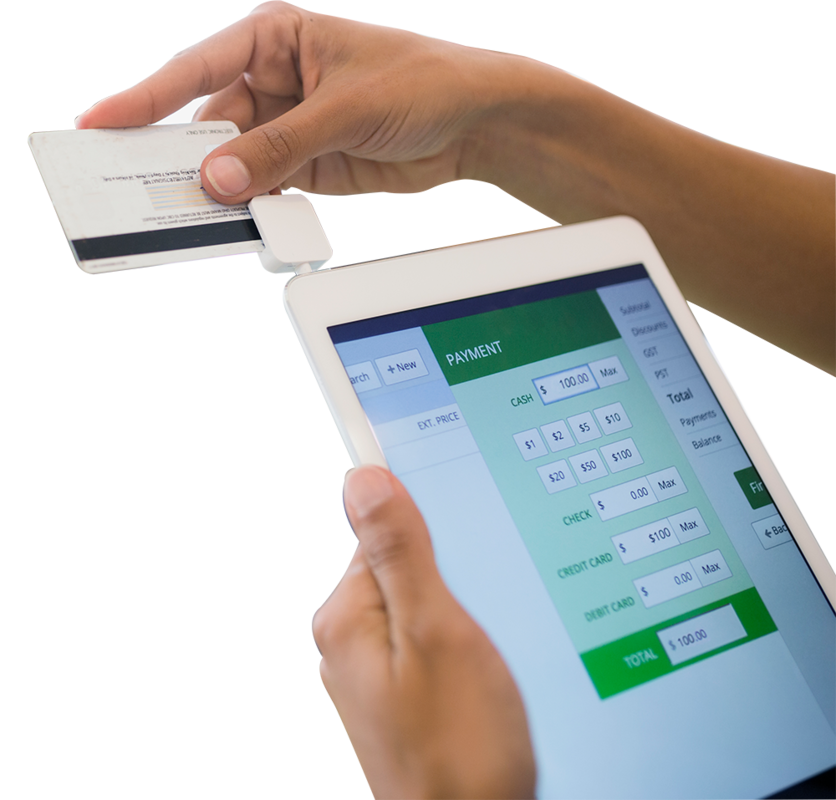Oracle is incorporating many features to automate the processes that use Machine Learning (ML) and artificial Intelligence (AI) in its product stack. One of the features using ML in the Oracle Financial cloud is the use of Intelligent Document Recognition (IDR) to automate the supplier invoice creation in the ERP cloud. By automating such mundane processes, the finance staff of your organization can focus on important core aspects of your business.
How to create invoices in ERP
One can create supplier invoices in Oracle ERP Cloud in many ways:
1. Manually: Create Invoices manually through Spreadsheet or UI.
2. Payables Standard Invoice Import: Use the FBDI template to import the invoices in the ERP cloud.
- The supplier can send the file to a SFTP location in an agreed format. The integration developed (preferably in OIC) can convert the file to the FBDI format and post the file to ERP cloud.
- The business users can create the data in the FBDI format and upload the FBDI file from the ERP UI
3. Supplier Portal: Supplier Portal is a collaborative application that enables buying (deploying) companies and their suppliers to communicate with each other. The Supplier portal can be used for invoice creation
4. Electronic invoicing: Oracle Fusion Collaboration Messaging Framework (CMK) is used to set up business to business (B2B) messaging between customer and suppliers in std XML formats.
5. EDI :- EDI formats can also be used for invoice creation using integrations. Standard 810 invoice EDI documents can be processed by using the integration layer of OIC using B2B features
6. Intelligent Document Recognition (IDR): The Intelligent Document Recognition (IDR) predicts invoice information from the emailed documents to create invoices and then import them into Payables.
What is IDR?
Many suppliers and customers choose to send and receive Payables invoices electronically using email. Oracle ERP Cloud 22C Release has designed a unique solution called “Intelligent Document Recognition” (IDR). It extracts invoice information from the emailed documents. It creates invoices and imports them into Payables. IDR uses Machine Learning (ML) to improve the accuracy for the invoices emailed.
IDR supports the entire lifecycle of the invoice creation in ERP.
The High-Level Product flow is as below:
- Invoices are emailed to the IDR inbox.
- IDR processes the invoices and extracts the relevant information.
- In the ERP Front end, invoices appear in the Scanned Information tile on the Invoices landing page. The invoice status will be showing Incomplete status (if they need attention) or Not Validated status (if all expected fields are recognized).
- Incomplete invoices are corrected using the Interactive Viewer which allows users to simply highlight the correct information on the invoice.
- IDR learns from the corrections to improve extraction on subsequent invoices.
Oracle allocates a specific email address to each ERP customer which is of @oracle.com domain. The customer should create an its own specific email id (generally in its own domain or continue using existing email id to which suppliers are sending invoices to have minimal disruption) to which all suppliers send emails with invoices as attachments. From this customer email address, the emails with invoice attachments are forwarded to email id given by Oracle by setting up a rule. From this Oracle provided Email address, the invoices are imported in Oracle ERP cloud in the PDF format.
- Supported Invoice Types by IDR – IDR supports Standard Invoices and Credit Memos.
- Supported Document Types by IDR – IDR supports the following document file extensions: PDF, TIF, TIFF, PNG, JPEG, DOC, and DOCX.
IDR normalizes all invoice documents to PDF format using optical character recognition (OCR). For example, if supplier sends a Tiff or Word document to IDR, such files are converted to PDF format.
If any supplier sends invoices in paper format, finance team can scan them in TIFF or PDF format in A4 size and mail to same designated mailbox to create them automatically using IDR.
The IDR set up done & tested in a non-production environment can be migrated to production environment by raising the SR with Oracle. This helps to take advantage of the adaptive learning performed on the lower environment.
Oracle provides “Invoice Documents Recognition tracking” report to track the status of each invoice created using IDR at each stage starting from the time the email reaches the IDR service until it is imported and created in Cloud Payables.
Integrate documents from Imaging UCM to other systems using OIC
The documents like invoices uploaded to Oracle ERP cloud using IDR solution are stored by Oracle in the “Oracle WebCenter content: Imaging” UCM
One can access the imaging UCM UI to check the documents by using the URL https: // <<ERPHostname>> /imaging
The invoices from the imaging UCM need to be downloaded to send to downstream systems or for further processing. The documents can be accessed and downloaded using the Imaging APIs exposed by the Imaging UCM.
The SOAP connection to be created in OIC and configured with below details
- WSDL URL: – “http://host-name/imaging/ws/DocumentContentService?wsdl ”.
- set “Suppress insertion of timestamp into the request” property as “true”
- Provide the basic Authentication Details.
The Document ids needs as input to the webservice can be obtained from the ERP cloud using the BIP report.
The documents received will be spooled/written to SFTP folder using SFTP Adapter in OIC as is using opaque schema.
Summary
IDR is a very effective option provided by Oracle to automate the invoice creation process. The use of advance technique like ML ensure that the process matures over the period & saves lot of manual effort.
The oracle integration cloud can be effectively used along with Oracle ERP cloud to integrate the loaded invoice documents to any other system or for a custom Extension use case.












Hi Sachin,
This article is quite informative and shares the various options possible for invoice creation. It elaborates the invoice creation automation using IDR quite well. It is interesting to know that the IDR learns from the manual corrections done for future processing.
Just one question, does Oracle supports SOAP API alone? or does it support REST API as well? or are there any limitations with usage of REST API for this use case?
Thanks
Ashwin
Thanks Ashwin. I have responded to you directly on your email address.
Hi Sachin,
This article is quite informative and shares the various options possible for invoice creation. It elaborates the invoice creation automation using IDR quite well. It is interesting to know that the IDR learns from the manual corrections done for future processing.
Just one question, does Oracle supports SOAP API alone? or does it support REST API as well? or are there any limitations with usage of REST API for this use case?
Thanks
Ashwin
Hi Sachin,
This article is quite informative and shares the various options possible for invoice creation. It elaborates the invoice creation automation using IDR quite well. It is interesting to know that the IDR learns from the manual corrections done for future processing.
Just one question, does Oracle supports SOAP API alone? or does it support REST API as well? or are there any limitations with usage of REST API for this use case?
Thanks
Ashwin
Good Sharing and useful artifacts for Digital practitioners
Thanks Thamarai